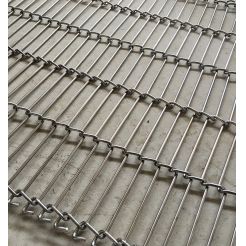THE LATEST IN ROOFING
Product Description
https://www.sangobuild.com/news/butyl-tapes-vs-acrylic-tapes:-know-the-difference.html
Sometimes you want an adhesive that’s modestly sticky and easily reversed—like a sticky note. Other times, it needs to be darn near irreversible. High-performance building contractors also need to consider adhesive tapes capable of withstanding temperature extremes and volatile moisture conditions; adhere to a wide variety of substrates; and tolerate the dust and dirt found on the surfaces of the building materials or the job site. Is that acrylic or butyl? Silicon or rubber? Here’s what you need to know.
What Are the Types of Adhesives Used in Tape?
That said, there are four basic types of adhesives used in tape all of which differ in characteristics as well as cost.
Rubber: Adhesives that are based on natural or synthetic rubbers and formulated with tackifying resins, oils, and anti-oxidants. Rubber is often the most cost-effective adhesive and offers quick stick capability. Rubber adhesive is not recommended for high heat applications. It also does not perform well in colder temperatures, especially if it reaches below the freezing point of 32°Fahrenheit.
Butyl: A specialized rubber adhesive system, butyl was developed to augment traditional rubber adhesives because they are less temperature-sensitive and maintain their tackiness at much lower temperatures than natural rubber. And while butyl sticks better to more substrates, butyl is also more expensive.
Acrylic: Acrylic adhesives can be water-based, solvent-based, or “solid.” Water-based adhesives are the least expensive of the three and generally do not bond to as wide a variety of substrates as solvent-based ones. Solid acrylic adhesives can form the strongest adhesive bonds at a wide range of temperatures and even achieve adhesion to damp or wet substrates. Solid acrylic adhesives are also VOC-free, and the absence of any solvents means little to no embrittlement of the tapes over time. Both water- and solvent-based acrylics are similar in cost to butyl rubber tapes; however acrylic adhesives typically develop a stronger bond than the traditional Rubber adhesive and are able to take higher temperatures
Silicone: Formulated with Silicone polymers and the only adhesive that will bond well with silicone substrates. Silicone adhesives are relatively expensive and have a very low initial tack, but can withstand higher temperatures than both Rubber and Acrylic adhesive
So, which is the best fit for your application? Well, for builders and professional contractors, it really comes down to butyl and acrylic. So let’s take a closer look at these two popular adhesive technologies.








